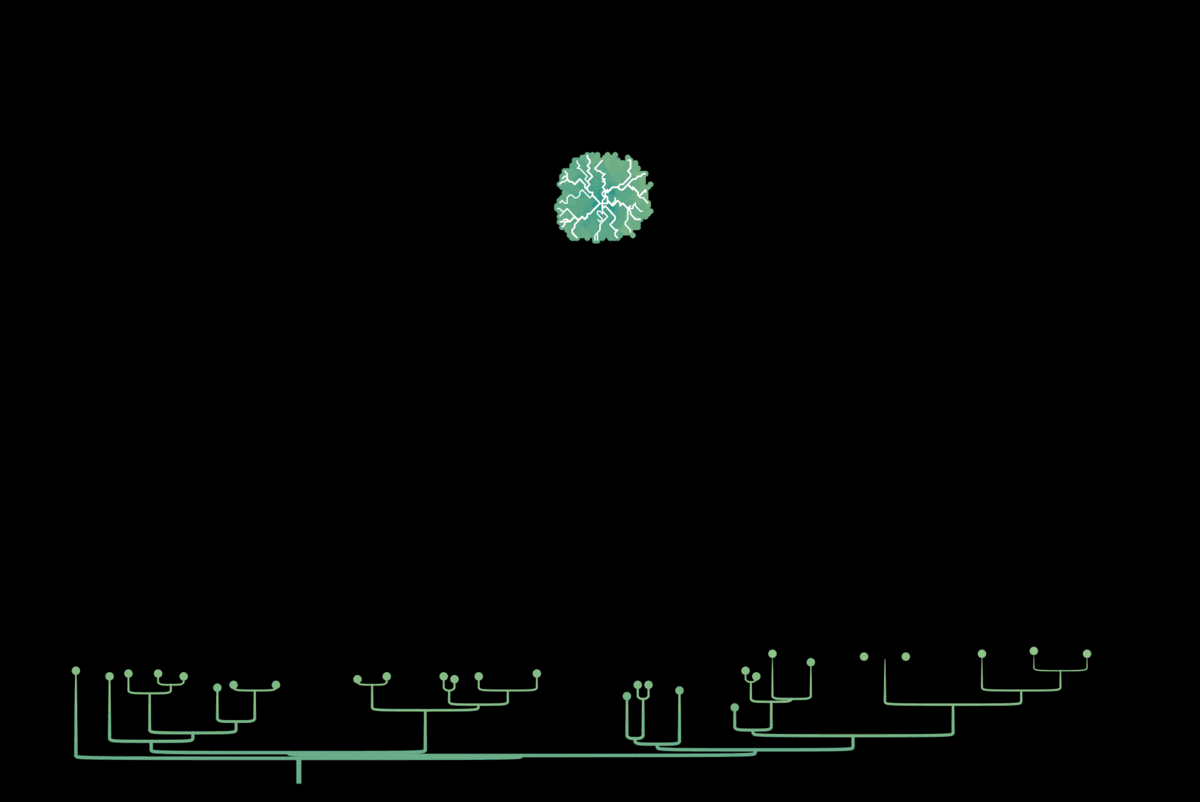This week in MathOnco 224
Cost of resistance, evolutionary game theory, stochastic models, and more
“This week in Mathematical Oncology” — Aug. 25, 2022
> mathematical-oncology.org
From the editor:
Today we feature mathematical models of cost of resistance, evolutionary game theory, stochastic models.
Enjoy,
Jeffrey West
jeffrey.west@moffitt.org
"This model will be a simplification and an idealization, and consequently a falsification. It is to be hoped that the features retained for discussion are those of greatest importance in the present state of knowledge."
- Alan Turing, on the purpose of the math model in his seminal paper about “The chemical basis of morphogenesis”1
The role of evolutionary game theory in spatial and non-spatial models of the survival of cooperation in cancer: a review
Helena Coggan, Karen M. PageDifferent costs of therapeutic resistance in cancer: Short- and long-term impact of population heterogeneity
Irina KarevaHigh Accuracy Indicators of Androgen Suppression Therapy Failure for Prostate Cancer—A Modeling Study
William Meade, Allison Weber, Tin Phan, Emily Hampston, Laura Figueroa Resa, John Nagy, Yang KuangArchetype tasks link intratumoral heterogeneity to plasticity and cancer hallmarks in small cell lung cancer
Sarah M. Groves, Geena V. Ildefonso, Caitlin O. McAtee, Patricia M. M. Ozawa, …, Doug P. Hardin, Edward B. Saff, William R. Holmes, Vito QuarantaStochastic models of Mendelian and reverse transcriptional inheritance in state-structured cancer populations
Anuraag Bukkuri, Kenneth J. Pienta, Robert H. Austin, Emma U. Hammarlund, Sarah R. Amend, Joel S. BrownPhenotypic heterogeneity driven by plasticity of the intermediate EMT state governs disease progression and metastasis in breast cancer
Meredith S. Brown, Behnaz Abdollahi, Owen M. Wilkins, Hanxu Lu, …, Mohit Kumar Jolly, Brock C. Christensen, Saeed Hassanpour, Diwakar R. PattabiramanThe non-Riemannian nature of perceptual color space
Roxana Bujack, Emily Teti, Jonah Miller, Elektra Caffrey, Terece L. Turton
State-dependent evolutionary models reveal modes of solid tumor growth
Maya A. Lewinsohn, Trevor Bedford, Nicola F. Müller, Alison F. FederGeometric analysis enables biological insight from complex non-identifiable models using simple surrogates
Alexander P Browning, Matthew J Simpson
The newsletter now has a dedicated homepage where we post the cover artwork for each issue. We encourage submissions that coincide with the release of a recent paper from your group.
Caption: In our recent preprint, we explored patterns of tumor trees under spatial growth constraints. This artwork highlights the interlinked nature of cell division and genetic divergence observed in simulated tumors. Under boundary-driven growth, cells on the periphery of a tumor divide rapidly (yellow cells), whereas cell lineages trapped in the center are stunted (teal cells). We can see these dynamics play out simultaneously in the genetic tree. Yellow lineages also “grow” higher than teal ones, representing a higher accumulation of mutations. Animated frames were created from simulated tumor data with R and ggtree — the scripts can be found here.”
Created by: Maya Lewinsohn (@MayaLewinsohn)
Visit the mathematical oncology page to view jobs, meetings, and special issues. We will post new additions here, but the full list can found at mathematical-oncology.org.
1. Jobs
Current subscriber count: >1.25k
I found this quote in Endering & Wolkenhauer’s excellent review, published in 2021.









Thanks for this useful newsletter! Keep up the good work!